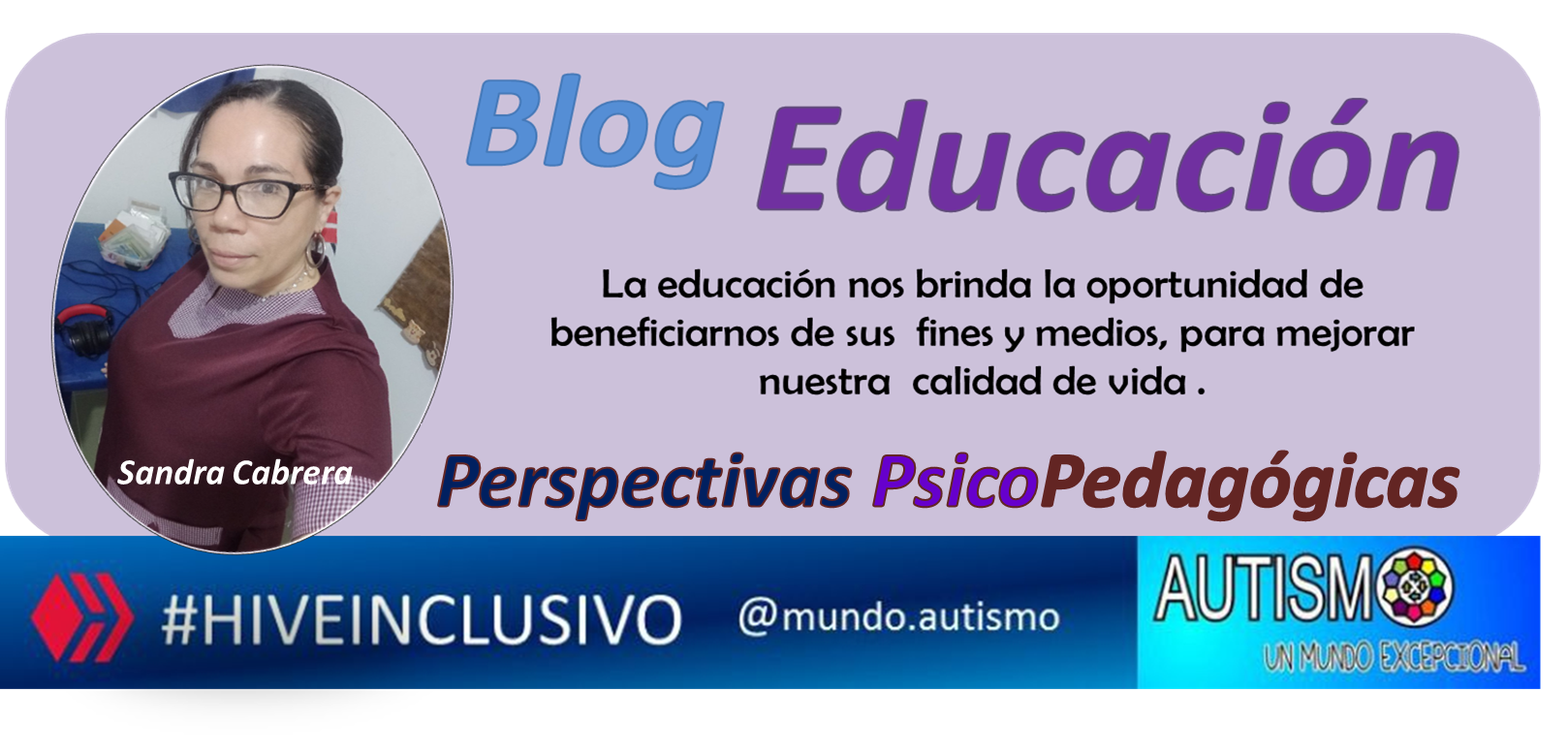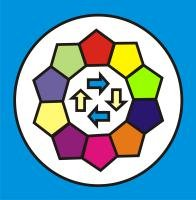**Es muy importante que los niños autistas conozcan con propiedad el mundo de la aritmética y de las matemáticas. [Por su estilo de pensamiento, un tanto inflexible y concreto](https://d1wqtxts1xzle7.cloudfront.net/49870059/caracteristicas_e_intervencion_educativa_en_la_edad_infantil_trabajo_grado_uni_rioja-libre.pdf?1477447595=&response-content-disposition=inline%3B+filename%3DTRABAJO_FIN_DE_GRADO.pdf&Expires=1748191819&Signature=Up0QBIp2P1U0UfnKB-GzIDbI~Mw2iFhlU~wnk~oGpfwjUIOxugISEH8fTTL1VRtPPuXctA9mLgW3jCxJ2xHt~mvq5MM1bME-FazSVr59Fi9pgaCtSM1Zkm06eBqEFvkjOit-tx4HxvZVPiAciWnMknqNf6S-IUL3pxg2ahitsYBQqdIAeKtDQm11iRZjlQudo4ugvRCKZaCfMJk4iQ2wqOBuUjk8BlBH0mptmReKIvITkVqAafKj~vgL4yG9uxK9o2sSeKv9KXf1Z0SlLwbGG7J~yjuYYhYmY~KwqlOviiLO66eFNwsnAygahtNtbVwcCCNM1dTXoq8dHkxSEoHghQ__&Key-Pair-Id=APKAJLOHF5GGSLRBV4ZA), el dominio abstracto de los números es crucial para su proceso de aprendizaje y prosecución educativa.**
#
El éxito de que tengamos para mediar el aprendizaje del número en la población infantil, depende de cuán profundo sea el conocimiento sobre las bases neurobiológicas y culturales de su naturaleza. En este sentido, nuestra capacidad para integrar las diferentes perspectivas que ofrecen las investigaciones en curso, contextualizar esos hallazgos en una práctica pedagógica crítica y el conocimiento del currículum escolar, determinarán en gran medida la pertinencia del enfoque sobre el tema.
_______________________
#
▶**It is very important that autistic children have a proper understanding of the world of arithmetic and mathematics. [Due to their somewhat inflexible and concrete thinking style](https://d1wqtxts1xzle7.cloudfront.net/49870059/caracteristicas_e_intervencion_educativa_en_la_edad_infantil_trabajo_grado_uni_rioja-libre.pdf?1477447595=&response-content-disposition=inline%3B+filename%3DTRABAJO_FIN_DE_GRADO.pdf&Expires=1748191819&Signature=Up0QBIp2P1U0UfnKB-GzIDbI~Mw2iFhlU~wnk~oGpfwjUIOxugISEH8 ), the abstract mastery of numbers is crucial for their learning process and educational pursuit.**
▶Our success in mediating number learning in children depends on our deep understanding of the neurobiological and cultural foundations of number learning. In this sense, our ability to integrate the different perspectives offered by ongoing research, contextualize these findings within critical pedagogical practice, and understand the school curriculum will largely determine the relevance of our approach to the topic.
#

[Pixabay](https://pixabay.com/es/illustrations/antecedentes-n%C3%BAmeros-5594879/)

#
**Haciendo una introducción con el siguiente contenido, [sobre la aritmética y la matemática,](https://hive.blog/hive-125730/@sandracabrera/el-autismo-y-las-matematicasautism-and-mathematics) nos ubicaremos hoy en el proceso de conteo como aprendizaje crítico para el éxito de las competencias posteriores en ambas áreas de aprendizaje.**
▶**Making an introduction with the following content, [about arithmetic and mathematics,](https://hive.blog/hive-125730/@sandracabrera/autism-and-mathematics) we will place ourselves today in the counting process as critical learning for the success of subsequent competencies in both learning areas.**

#
Aunque nos parezca algo fácil, el conteo es uno de los aprendizajes más difíciles. Comúnmente, cuando estamos ante niños que recitan los números uno detrás del otro, pensamos que ya sabe contar; nada más alejado de la realidad. El contero como proceso cognitivo tiene sus pautas y principios, propuestos y estudiados por investigadores que han dedicado gran parte de su acción profesional al desarrollo de teorías y prácticas para comprobar sus hipótesis.
▶Although it may seem easy, counting is one of the most difficult learning processes. Often, when we see children reciting numbers one after the other, we think they already know how to count; nothing could be further from the truth. Counting as a cognitive process has its guidelines and principles, proposed and studied by researchers who have dedicated much of their professional experience to developing theories and practices to test their hypotheses.

[Pixabay](https://pixabay.com/es/illustrations/cubo-dado-suerte-aleatorio-n%C3%BAmeros-1655118/)

#
Contar exige por parte del niño conocimientos [tanto procedimentales como conceptuales]( https://www.redalyc.org/journal/3589/358962219004/html/) que debe conquistar, fundamentalmente, durante su etapa de educación preescolar. Esto es lo que realmente lo va a facultar para la apropiación del número y todas las posteriores operaciones donde interviene. Es así que autores como Gelman y Gallistel (1978) formularon un modelo teórico basado en cinco principios fundamentales que los niños deben dominar y perfeccionar para poder contar en forma eficiente.
▶Counting requires children to have both procedural and conceptual knowledge, which they must acquire primarily during their preschool years. This is what will truly empower them to grasp numbers and all subsequent operations involving them. Thus, authors such as Gelman and Gallistel (1978) formulated a theoretical model based on five fundamental principles that children must master and perfect in order to count efficiently.
#

#
**El primer principio es la correspondencia biunívoca o uno a uno.**
#
Este principio se basa en que se debe asignar un numeral a cada objeto del conjunto, sin omisión o repetición de los elementos. A su vez, conlleva la coordinación de dos procesos: **el de partición y el de etiquetaje.** El primero permite establecer diferencias entre el conjunto de elementos contados y el conjunto de elementos aún no contados. El proceso de etiquetaje es la asignación de una ¨palabra-número¨, etiqueta, a cada uno de los objetos contados. En general, se considera ganado este principio si se señalan y etiquetan todos los objetos de un conjunto.
**The first principle is biunique or one-to-one correspondence.**
#
This principle is based on the assumption that a numeral must be assigned to each object in the set, without omission or repetition of elements. In turn, it entails the coordination of two processes: **partitioning and labeling.** The first allows for establishing differences between the set of counted elements and the set of elements not yet counted. The labeling process is the assignment of a "number word," a label, to each of the counted objects. In general, this principle is considered fulfilled if all objects in a set are identified and labeled.
#

#
**El segundo principio es el de orden estable.**
#
La sucesión de elementos debe tener siempre en el mismo orden. Según Bermejo, Lago y Rodríguez (1994), se debe comenzar con el número 1, diferenciar todos los elementos de la secuencia, diferenciar en forma correcta cualquier tramo de la hilera numérica, los numerales también se pueden contar y contar eficientemente en forma creciente o decreciente.
▶**The second principle is that of stable order.**
#
The sequence of elements must always be in the same order. According to Bermejo, Lago, and Rodríguez (1994), one must start with the number 1, differentiate all the elements in the sequence, and correctly differentiate any section of the numerical row. Numerals can also be counted and counted efficiently in ascending or descending order.
**El tercer principio hace referencia a la cardinalidad.**
#
Este principio se cumple cuando la última ¨palabra-número¨ o etiqueta dicha durante el conteo de un conjunto de objetos se corresponde con el total de objetos del conjunto. Es decir, la etiqueta asignada al último elemento, representa la cantidad del conjunto. Además, estos autores señalan que para lograr la cardinalidad con significado, los niños deben haber adquirido los principios de correspondencia uno a uno y orden estable, es decir los dos principios anteriores.
▶**The third principle refers to cardinality.**
#
This principle is fulfilled when the last "number word" or label spoken during the counting of a set of objects corresponds to the total number of objects in the set. That is, the label assigned to the last item represents the quantity in the set. Furthermore, these authors point out that to achieve meaningful cardinality, children must have acquired the principles of one-to-one correspondence and stable order, that is, the two previous principles.

[Pixabay](https://pixabay.com/es/illustrations/ni%C3%B1os-gente-infancia-ni%C3%B1a-2124515/)

#
**El cuarto principio es el de abstracción.**
#
Este principio reza que se pueden contar todas las cosas, sean éstas homogéneas o heterogéneas. Cualquier colección de elementos discretos puede ser contada, pudiendo establecer su valor cardinal. Realmente, su comprensión aparece muy pronto en los niños. Pueden contar objetos imaginarios o reales, con independencia de sus atributos físicos, como color, forma y tamaño.
#
▶**The fourth principle is that of abstraction.**
#
This principle states that all things can be counted, whether homogeneous or heterogeneous. Any collection of discrete elements can be counted, and its cardinal value can be established. Indeed, this understanding emerges very early in children. They can count imaginary or real objects, regardless of their physical attributes, such as color, shape, and size.












